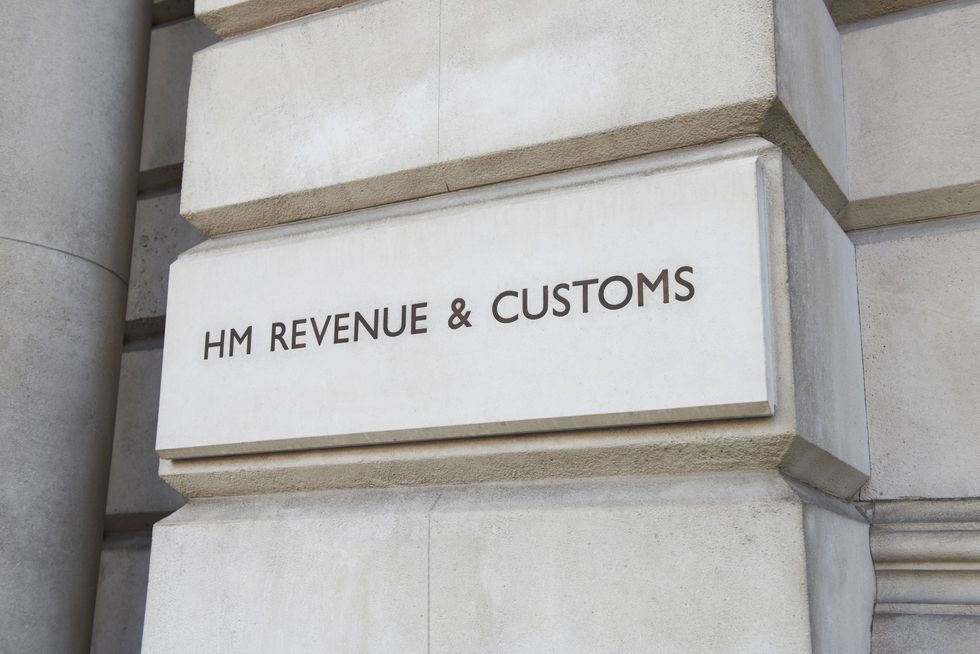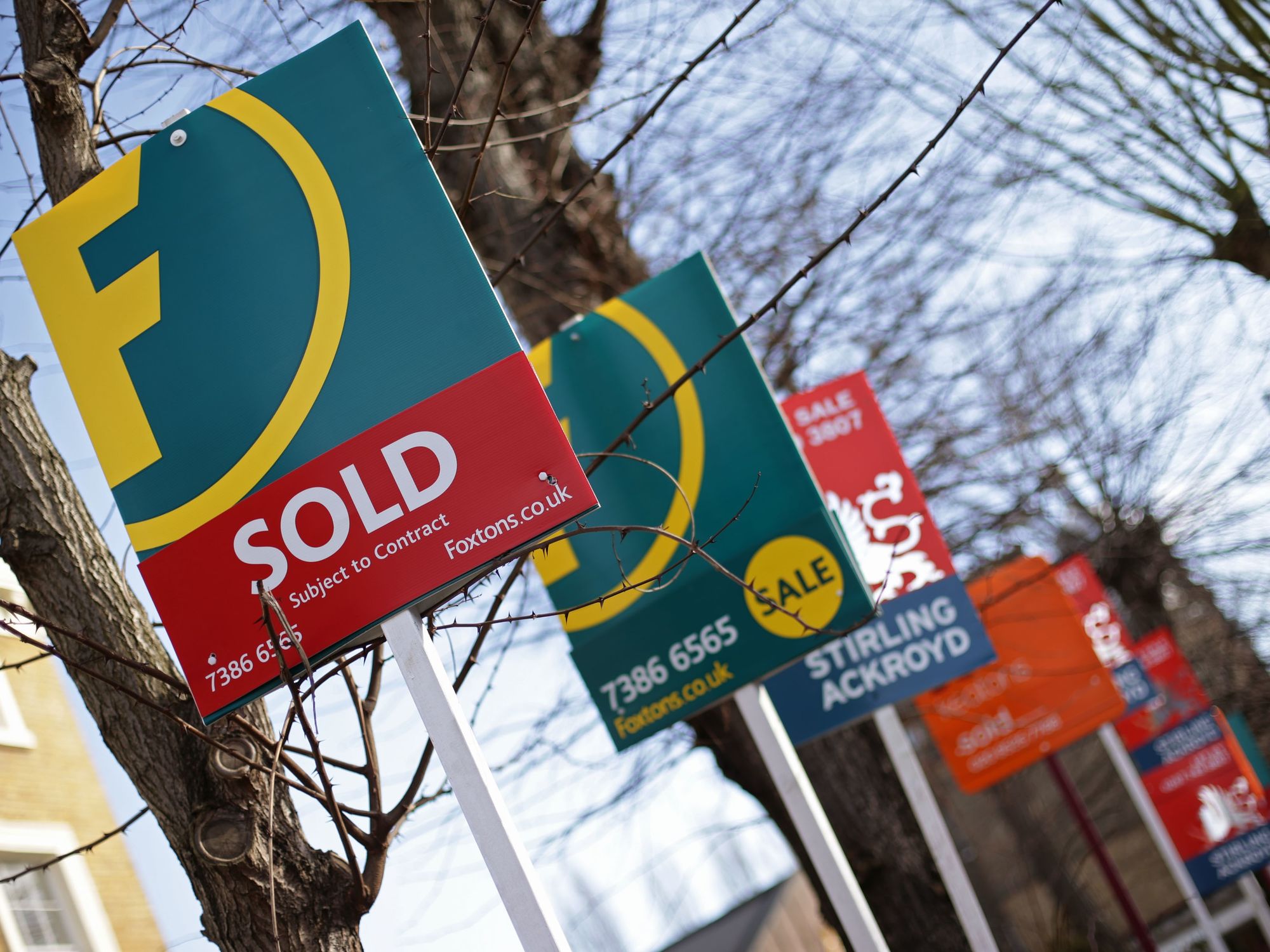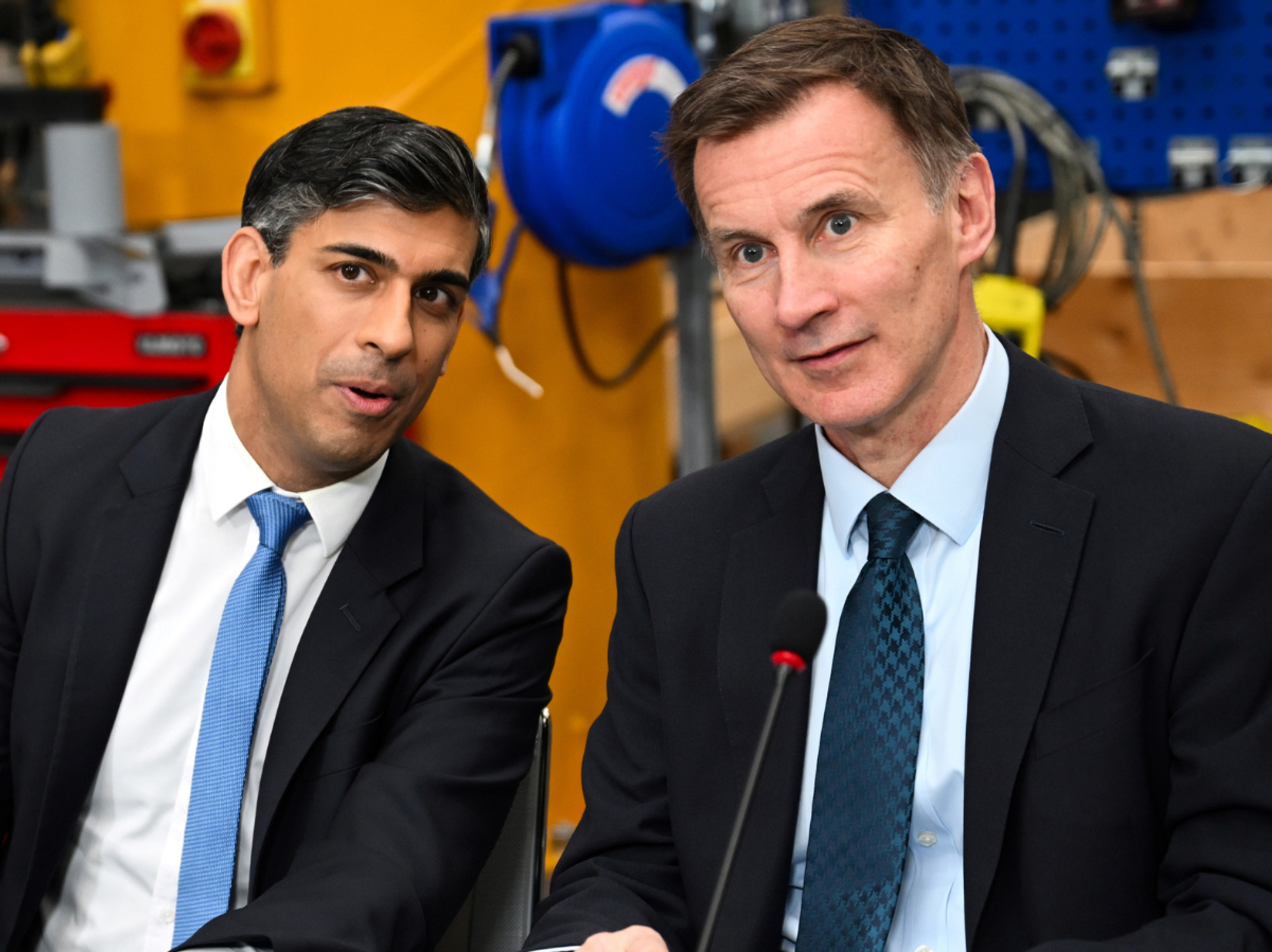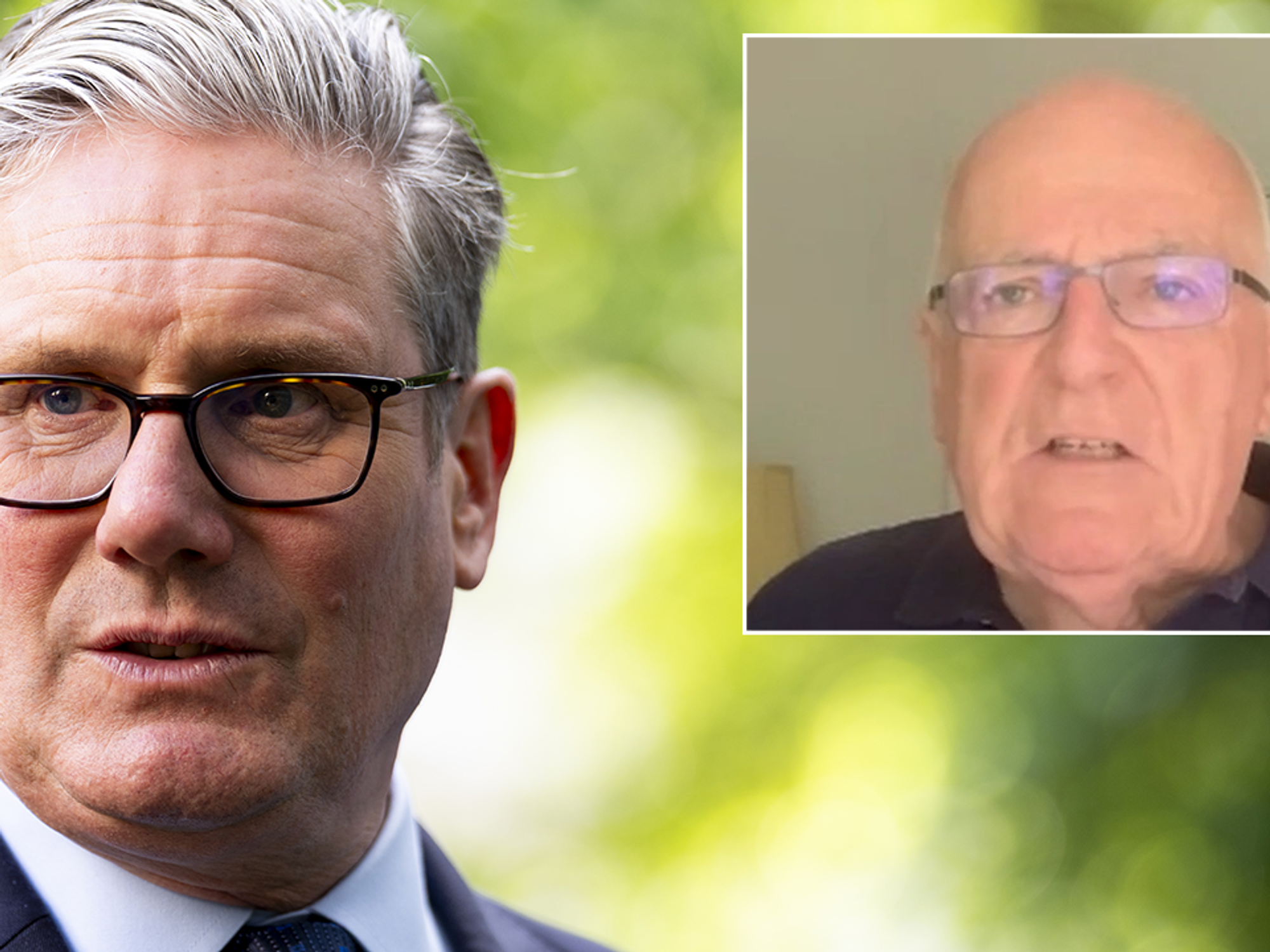How to legally earn more than £27,000 tax-free in 2025

By combining lesser-known allowances, savers and homeowners can legally boost their income without paying any tax
Don't Miss
Most Read
Latest
It’s possible to earn more than £27,000 this year without paying any income tax — and it’s completely legitimate.
By combining several tax allowances that many people overlook, it’s possible to build a sizeable tax-free income.
This goes well beyond ISAs. There are five other key allowances that can be used together to reach a total of £27,070 tax-free.
That figure comes from adding up the personal allowance, the starting rate for savings, the personal savings allowance, rent-a-room relief, and the trading allowance.
TRENDING
Stories
Videos
Your Say
Not everyone will qualify for all of them, but many could benefit from at least some.
1. The starting rate for savings
This little-known rule can give up to £5,000 of savings interest completely free of tax.
It applies if your income from work or pension is under £12,570.
If you earn between £12,570 and £17,570, the allowance tapers away by £1 for every extra £1 of income. Anyone earning above £17,570 will not qualify.
The allowance is applied automatically when HMRC calculates your bill — no claim is required.

It’s possible to earn more than £27,000 this year without paying any income tax — and it’s completely legitimate
| GETTY2. Personal allowance and savings
Everyone can earn £12,570 before paying income tax. This typically covers your wages or pension, with any remaining allowance offset against savings interest.
Basic-rate taxpayers also receive a £1,000 personal savings allowance, while higher-rate taxpayers get £500.
This covers interest from banks, building societies and peer-to-peer accounts.
For example, someone earning £11,000 from part-time work and £7,500 in savings interest would pay no tax.

The allowance is applied automatically when HMRC calculates your bill — no claim is required
| GETTYTheir earnings are covered by the personal allowance, and the remaining £1,570 of income falls within the starting rate and personal savings allowances.
3. Rent-a-room relief
Homeowners can earn up to £7,500 tax-free by letting out a furnished room in their main residence.
If the income is shared — for instance between a couple — each person can claim £3,750.
This can be an attractive option for empty-nest households looking to make extra income.
LATEST DEVELOPMENTS:

Someone with a state pension, savings interest, a rented spare room and a small sideline business could generate £27,070 tax-free in total
| GETTY4. Trading allowance
The £1,000 trading allowance applies to small amounts of self-employed or casual income.
That includes side hustles such as selling crafts online, babysitting or hiring out equipment. Earnings below £1,000 in a tax year do not need to be declared.
5. Putting it all together
Someone with a state pension, savings interest, a rented spare room and a small sideline business could generate £27,070 tax-free in total.
Further income from ISA investments would sit on top of that figure, as ISAs remain exempt from income tax altogether.
Robert Salter, director at accountancy firm Blick Rothenberg, said: “It is still possible for taxpayers to receive significant amounts on a tax-free basis with careful planning.”
While many of these allowances are frozen until at least April 2028, they continue to offer valuable opportunities for savers and part-time earners who understand how to use them.
Disclaimer: This article is for general information only and does not constitute financial or tax advice. Readers should not rely on it to make personal financial decisions. Individual circumstances vary, and you should seek independent professional advice or consult HMRC for guidance specific to your situation.
More From GB News










